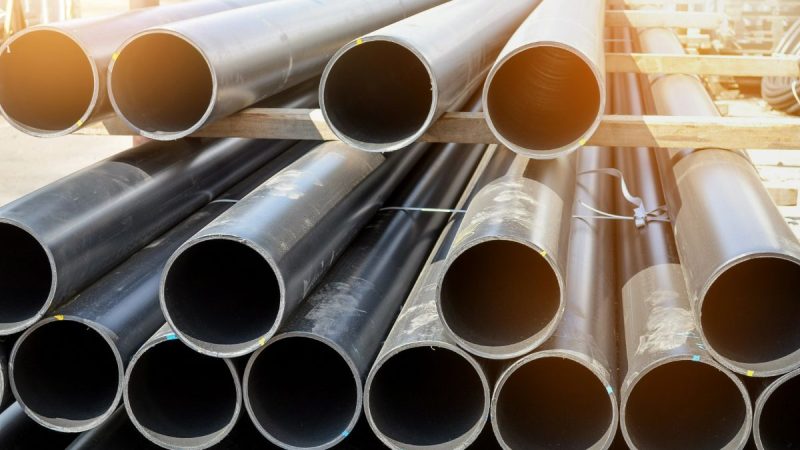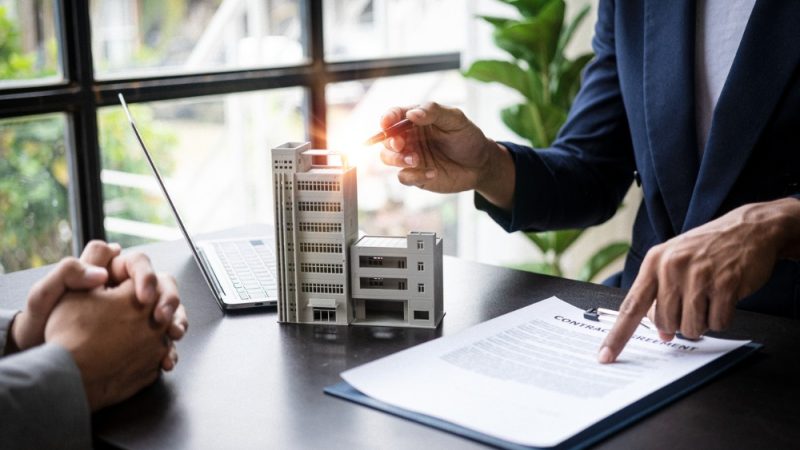4G Fibreboard Box: The Advantages of 4G Fibreboard Boxes Over Traditional Packaging Solutions

When it comes to transporting dangerous goods (DG), packaging plays a crucial role in ensuring safety, compliance, and efficiency. Traditional packaging materials, such as metal or wooden crates, have long been the go-to solution for shipping hazardous materials. However, 4G fibreboard boxes are emerging as an increasingly popular alternative due to their lightweight, versatile, and cost-effective design.
- Lightweight and Easy to Handle
Traditional packaging materials like wood and metal can be bulky and heavy, making them challenging to handle, especially when dealing with frequent shipments. In contrast, 4G fibreboard boxes are lightweight, which reduces the overall shipment weight. This can significantly lower shipping costs, especially for air freight, where weight plays a significant role in pricing.
Additionally, lighter packaging makes it easier for employees to handle goods, reducing the risk of injuries and accidents during loading and unloading.
- Cost-Effective Without Compromising Safety
Compared to traditional crates and metal containers, 4G fibreboard boxes are more affordable. Fibreboard materials are less expensive to produce and transport, making them an ideal choice for businesses aiming to reduce packaging expenses without sacrificing safety.
Since these boxes meet UN certification standards, they provide the same level of protection required for dangerous goods, making them a cost-effective yet compliant solution.
- High Versatility for Different Hazardous Goods
4G fibreboard boxes are highly versatile and can be used for a wide range of hazard classes, including flammable liquids, toxic substances, and corrosive materials. They can accommodate both solid and liquid dangerous goods by using appropriate inner packaging, such as bottles, cans, or sealed bags.
This flexibility allows companies to standardise their packaging process by using 4G fibreboard boxes for multiple types of shipments, simplifying inventory management.
- Space-Saving Design
Traditional wooden crates or metal containers can be bulky, taking up a lot of space during storage and transport. In contrast, fibreboard boxes are compact and can be folded flat when not in use, making them easier to store. This saves valuable storage space and ensures more efficient warehouse management.
Additionally, their compact design allows for stackable transport, maximising available cargo space and reducing the number of trips needed for shipping.
- Environmentally Friendly Solution
Sustainability is becoming a top priority for many businesses, and 4G fibreboard boxes are eco-friendly alternatives to heavier, non-recyclable packaging materials. Fibreboard is made from renewable resources, and many boxes can be recycled after use, helping companies reduce their environmental footprint.
Switching to 4G fibreboard boxes can also align with corporate sustainability goals and meet customer expectations for greener business practices.
- Faster Customisation and Assembly
Unlike wooden crates that may require tools and significant time to assemble, 4G fibreboard boxes are quick and easy to put together. They can be customised to fit specific inner containers or product dimensions without the need for extensive modifications.
This ease of customisation speeds up the packaging process, allowing companies to respond quickly to orders and avoid delays in shipping dangerous goods.
- Compliance with International Safety Standards
A 4G fibreboard box is a UN certified for the transportation of dangerous goods, meaning they have undergone rigorous testing to ensure their performance under various conditions. These tests assess the box’s ability to withstand pressure, drops, stacking, and vibration during transport.
This certification ensures that businesses can ship hazardous materials in compliance with IATA (air), ADR (road), and IMDG (sea) regulations, reducing the risk of fines, shipment delays, or accidents.
- Reduced Risk of Damage During Transport
While metal or wooden crates offer strong protection, they can be prone to dents, splinters, or rust over time. In comparison, fibreboard boxes provide robust protection without these risks. They can absorb impact and cushion the contents during rough handling, helping to minimise product damage during transit.
Additionally, fibreboard is resistant to environmental factors like humidity and temperature changes when appropriately lined or treated, offering reliable protection for dangerous goods.
- Improved Handling for International Shipping
Many traditional packaging materials, such as metal containers, may be subject to additional customs checks or regulatory requirements due to their weight and composition. 4G fibreboard boxes, on the other hand, are more likely to streamline customs clearance, particularly when shipping by air.
Their clear labelling and certification markings make it easier for customs officers to verify compliance, helping to speed up the shipment process and avoid unnecessary delays.
- Minimises Human Error Through Clear Instructions
4G fibreboard boxes typically come with detailed instructions for assembly and sealing, ensuring that businesses can follow the proper procedures to maintain compliance. This reduces the likelihood of errors, such as using incorrect tape or failing to seal the box correctly, which could invalidate the box’s certification.
Proper instructions also minimise the risk of non-compliance fines and shipment rejections, which can result from poorly packaged dangerous goods.
Conclusion: The Future of Dangerous Goods Packaging
4G fibreboard boxes offer a modern and efficient alternative to traditional packaging solutions. Their lightweight, cost-effective, and eco-friendly design makes them ideal for businesses seeking reliable solutions for shipping hazardous materials. With their versatility, ease of handling, and compliance with international regulations, these boxes help companies reduce costs, minimise risks, and streamline operations.
As businesses continue to prioritise safety, sustainability, and efficiency, 4G fibreboard boxes are becoming an increasingly valuable asset in the logistics and dangerous goods sectors. Whether you are shipping locally or internationally, switching to fibreboard packaging can offer tangible benefits that meet both operational and regulatory needs.







